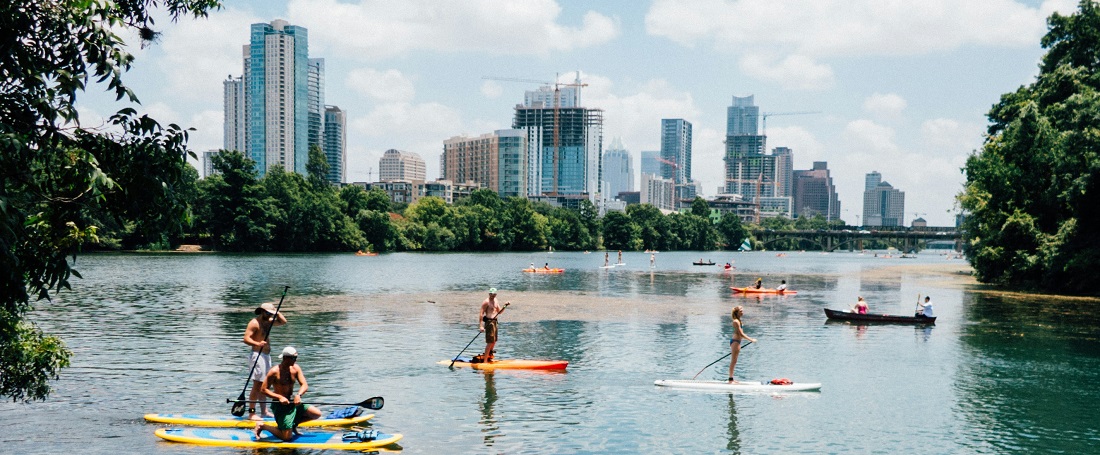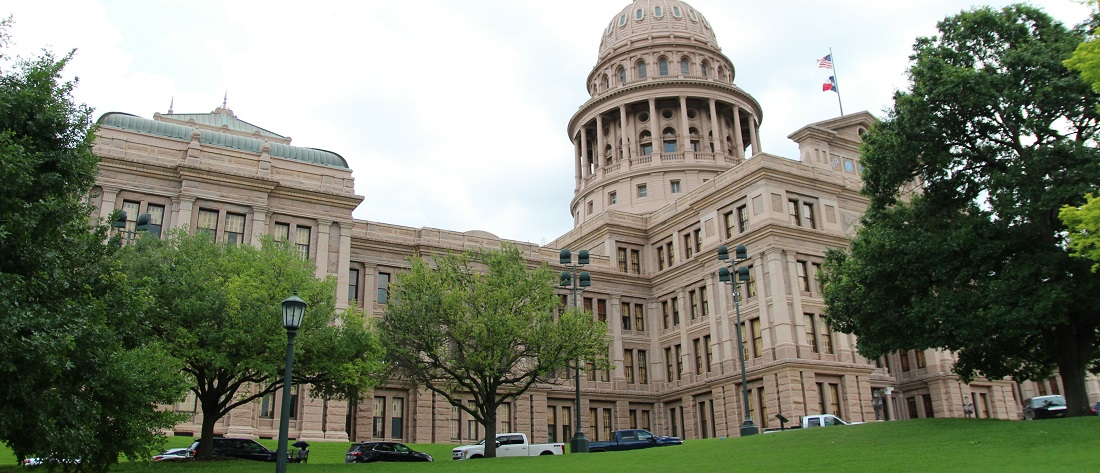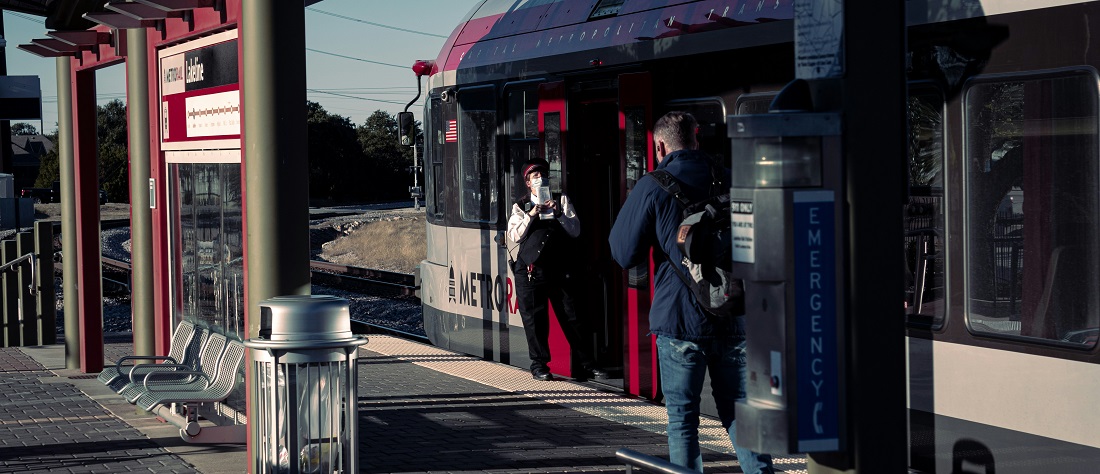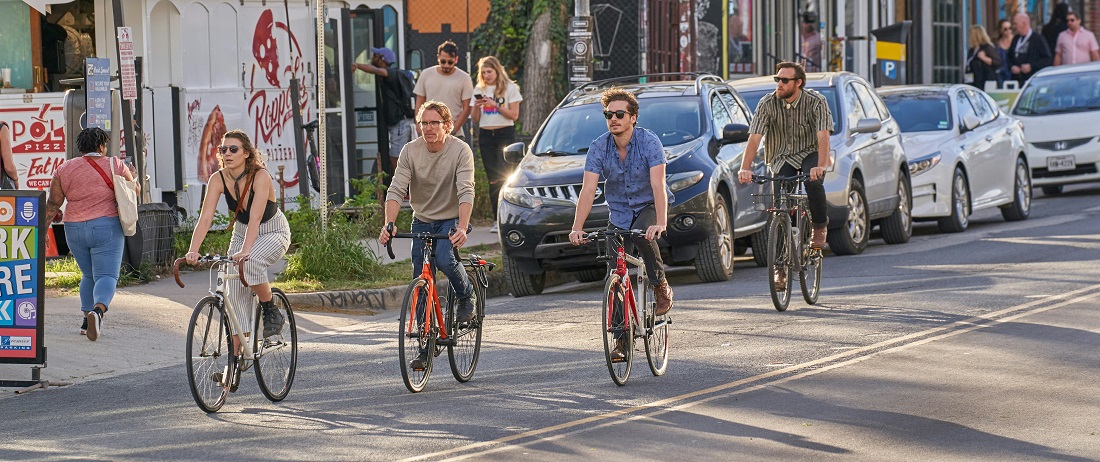Located in the heart of the USA’s Deep South along the Colorado River, Austin is the state capital of Texas and the 11th most populous city in the country. The city, known as the ‘liberal heart of Texas’, is one of the fastest-growing cities, not only in Texas but in the USA.
New arrivals moving to Austin are often attracted by the city’s wonderful mix of economic and lifestyle benefits that serve to draw a diverse range of people to the city.
Living in Austin as an expat
Over the last decade or so, Austin, the capital of the Lone Star State, has become quite the hub for business and technology. Austin is now home to many prominent Fortune 500 names, including Apple, Amazon, Google, and IBM. Those with skills in business, education, tourism, and technology find ample work opportunities in the City of the Violet Crown.
In recent years, Austin has also become a popular tourist destination, which is in part due to the lifestyle benefits the city has to offer. Frequently self-styled as the ‘live music capital of the world’, Austin boasts an impressive calendar of annual events, with the famous South by South West Festival being a particular highlight that draws massive crowds. Austinites can also regularly enjoy outdoor pursuits such as hiking, biking and taking a dip at one of the city’s lovely swimming spots.
Life in any new city comes with some inevitable downsides, which is true for Austin as much as it would be for any other place. New arrivals moving to Austin from places with reliable, sophisticated public transport infrastructure may struggle, as the city remains very much car-dependent.
Still, while having a vehicle does offer one greater freedom when it comes to getting around, things are changing. In addition to improvements to Austin’s bus and light rail networks, the expansion of e-hailing services and car-sharing schemes now offer Austinites some excellent alternatives.
Austin stays true to its unofficial slogan ‘Keep Austin Weird’ by nurturing diversity and always doing things in its own unique way. While Austin is far more progressive than much of the Deep South, newcomers need to remember that this is still Texas. They’ll likely encounter people who still hold conservative values when it comes to political issues such as same-sex marriages, gun ownership, and religious influences.
Working in Austin
Getting Around in Austin
Lifestyle in Austin
Cost of living in Austin
There is often a misconception that the cost of living in Austin is low. While it is certainly a much more affordable place to live than major US cities such as New York, San Francisco, Chicago, and Washington, DC, living expenses in Austin are higher than the state average. That said, Austin’s brilliant attractions outweigh these costs for many of the city’s residents. It’s just a case of budgeting properly.
The city’s booming job market has led to a competitive housing market, making rent across the city more expensive. Healthcare is another cost new arrivals will have to budget for. If expats are looking to enrol their children in international schools, this is another significant cost that may bring up their cost of living in Austin.
Cost of Living in Austin
Accommodation in Austin
Healthcare in Austin
Families and children in Austin
Austin is a popular relocation destination among families, not only because of the spacious accommodation outside the city centre and the family-friendly attractions the city boasts but because of its excellent schools.
Home to the University of Texas at Austin, education is ingrained in the city’s DNA, and the city invests heavily in its schooling infrastructure. Austin is home to some exceptional public schools, and there are private and international options available, too.
Education and Schools in Austin
Climate in Austin
The weather in Austin is unique yet generally pleasant throughout the year. The climate is characterised as humid and subtropical, but Austin is nestled between dry and lush, green, humid climate zones, making the weather an interesting mix of both. Summers are long and hot, while winters are mild and short.
All in all, it’s easy to see why so many people are attracted to Austin’s vibrancy. The city offers a perfect balance between factors of practical importance and some absolutely brilliant lifestyle benefits, including great weather, a fantastic music scene, and unique cultural offerings. One thing is for sure – life for aspiring Austinites may not always be easy, but it will undoubtedly be an adventure.

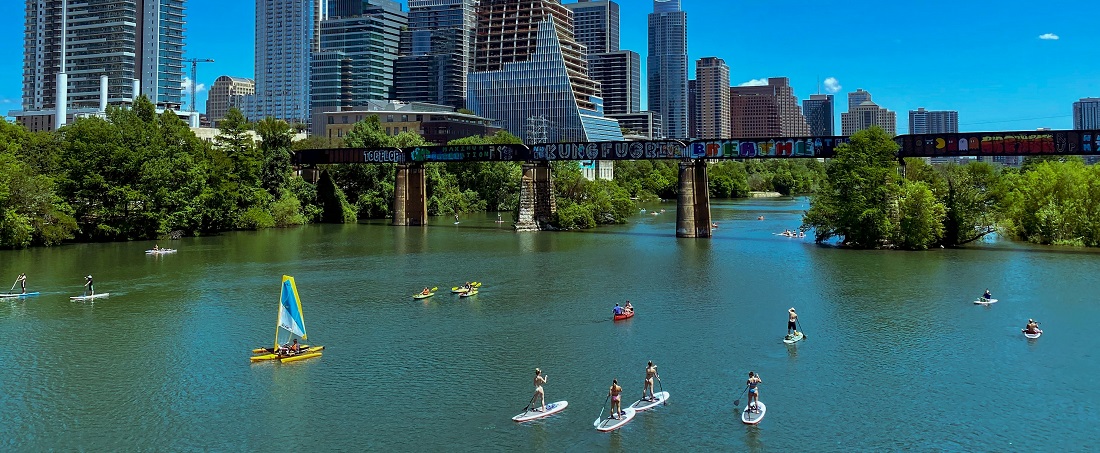


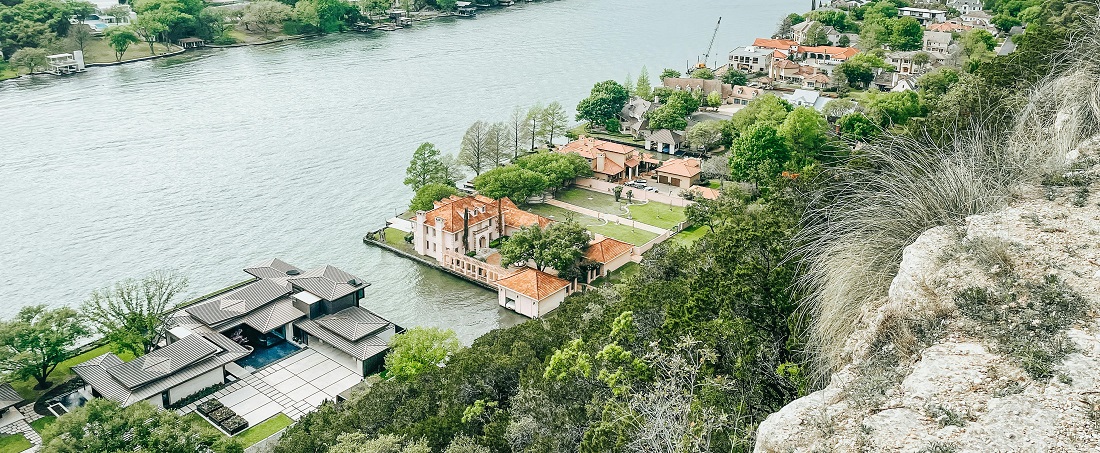
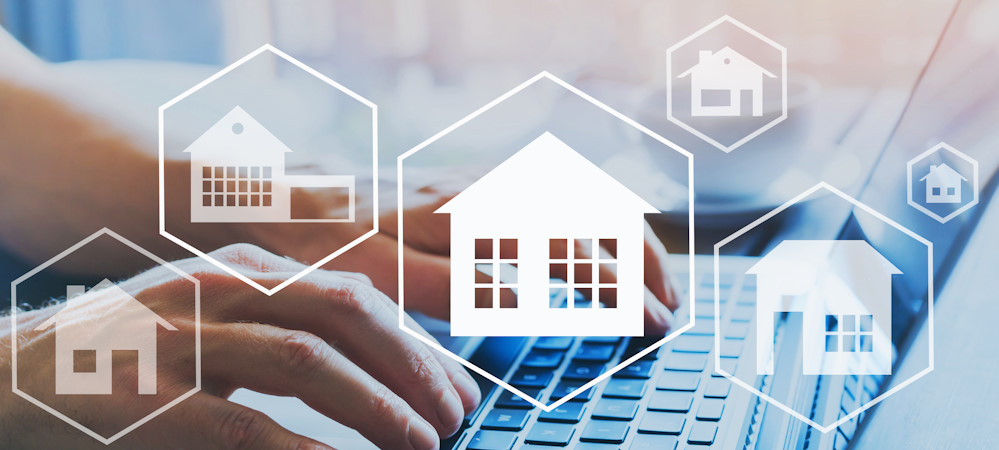
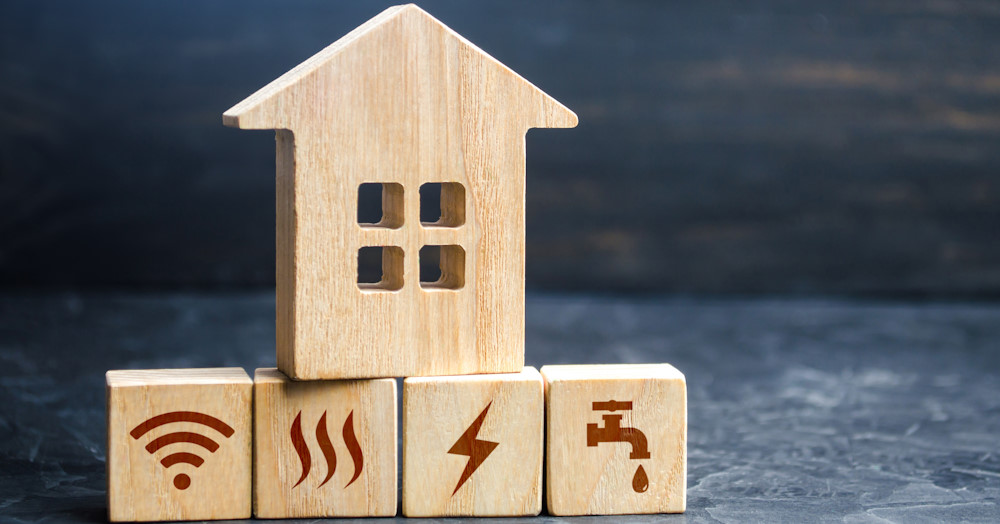
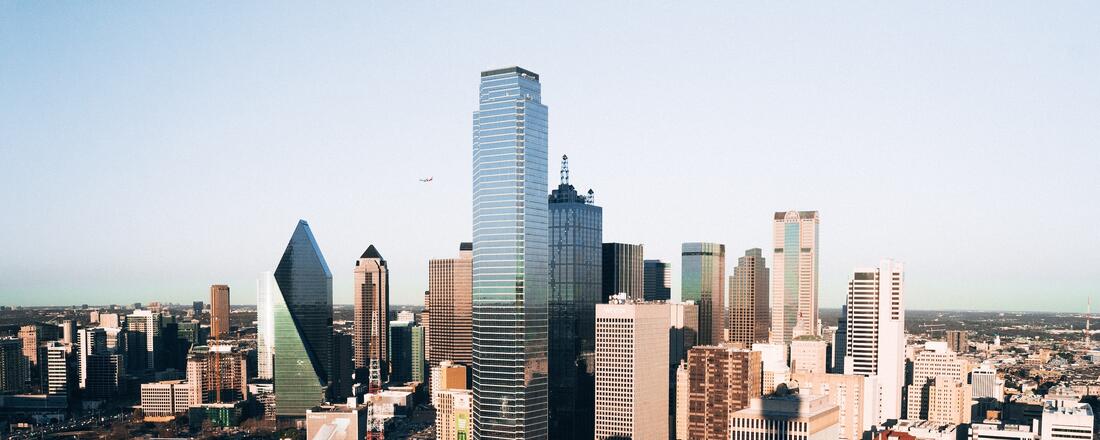
.jpg)



